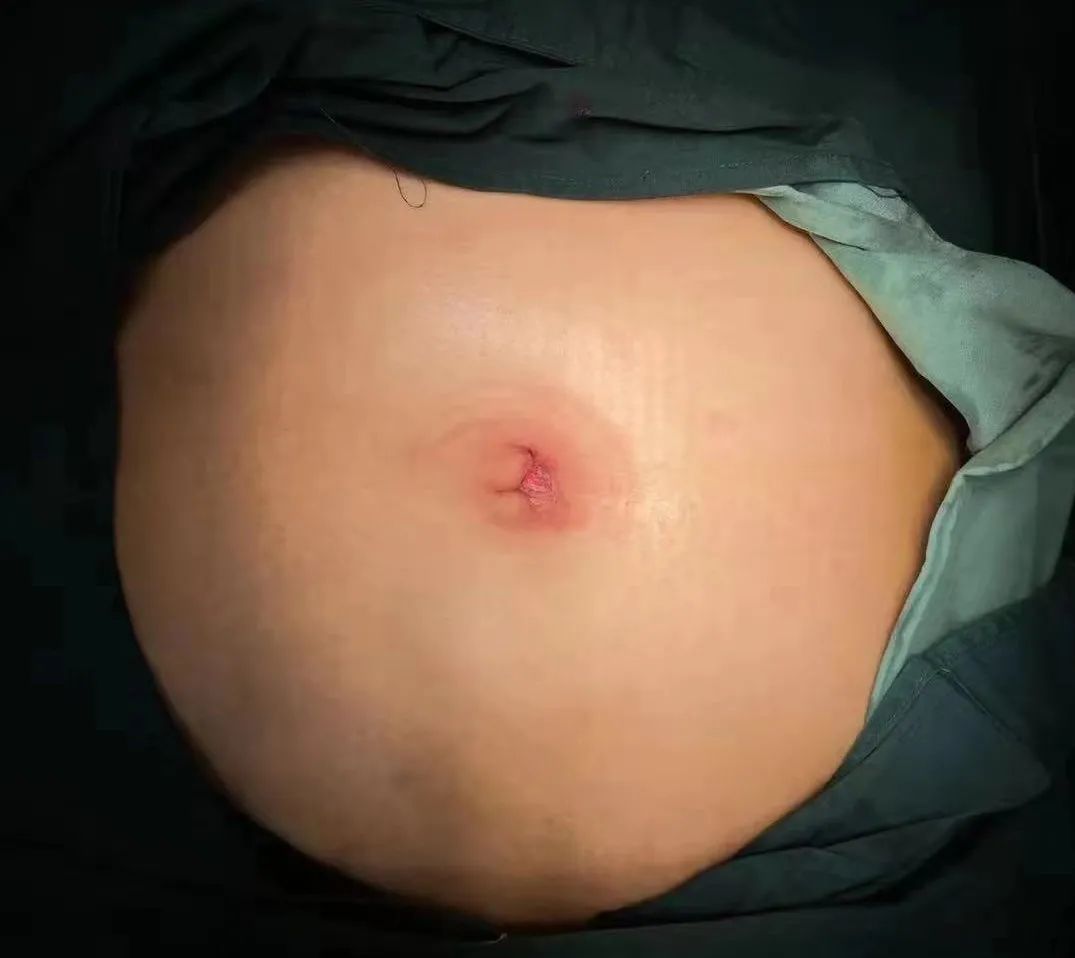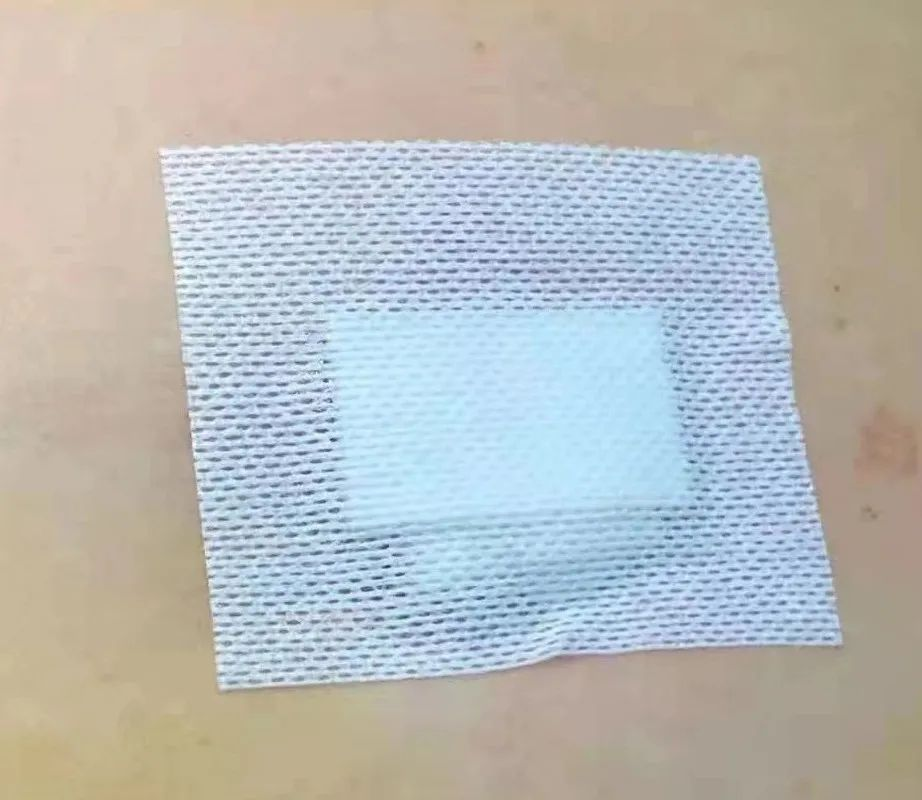Our Gynecology Team successfully performed a single-incision laparoscopic surgery through the navel, removing a uterine fibroid with a diameter of up to 68 millimeters for Ms. L. She was able to move around on the same day of the surgery and showed good recovery thereafter.
Ms. L, aged 38, was diagnosed with a uterine fibroid during an ultrasound examination four years ago. At that time, it was relatively small, measuring only 10 millimeters, and she didn't experience any discomfort. The doctor suggested regular check-ups. Three years ago, Ms. L started experiencing prolonged menstrual periods, but didn't pay much attention until February this year when an examination at a hospital revealed that the uterine fibroid had grown to 68 millimeters. Surgery was recommended by the doctor.
However, Ms. L, who values beauty, didn't want to have scars on her abdomen and was reluctant to undergo traditional surgery. After inquiring extensively, she learned that the Gynecology Department of Royal Lee Cancer Center in Guangzhou could perform single-incision laparoscopic surgery with a strong team of experts. Consequently, Ms. L and her family traveled to the Royal Lee seeking medical treatment.
After a joint diagnosis by experts from the Ultrasonography Department and the Gynecology Department, it was determined that Ms. L's uterine fibroid was singular, located on the posterior wall of the uterus, and partially protruding outside the serosa, meeting the surgical criteria. Under general anesthesia with endotracheal intubation, the gynecological surgical team performed a single-incision laparoscopic removal of the uterine fibroid for Ms. L, and the surgery proceeded smoothly with minimal bleeding.




Advantages of Single-Incision Laparoscopic Uterine Fibroid Removal
Traditional laparoscopy requires 3-4 incisions on the abdominal wall for surgical procedures, whereas single-incision laparoscopic surgery only requires one incision at the navel, leaving the scar hidden within the navel, thus avoiding visible surgical scars on the abdominal wall.
Postoperatively, both Ms. L and her family felt relieved. Under the meticulous care of our medical team, Ms. L was able to get out of bed and eat soon after surgery, and it was estimated that she would be discharged from the hospital in 2-3 days postoperatively. Ms. L and her family expressed high appreciation for the surgery and the medical team's service.
Is Uterine Fibroid Removal Necessary?
Having uterine fibroids doesn't always necessitate surgery.
If the fibroids are small, regular check-ups and observations suffice. Surgery is generally unnecessary if there are no symptoms. However, if there is increased menstrual flow, prolonged menstrual periods accompanied by abdominal pain, or if the fibroids compress the bladder or rectum causing noticeable symptoms, surgery should be considered. Additionally, for patients experiencing recurrent miscarriages or infertility due to uterine fibroids, surgery may be necessary.
Furthermore, the choice of surgical method depends on the location and growth rate of the fibroids, the patient's fertility requirements, age, and attitude towards uterine preservation, thereby selecting between hysterectomy or fibroid removal. For patients unwilling to undergo surgery, treatment options for fibroids include medication, interventional therapy, microwave ablation of lesions, among others. Doctors will consider each patient's individual circumstances to select the most suitable treatment plan.
